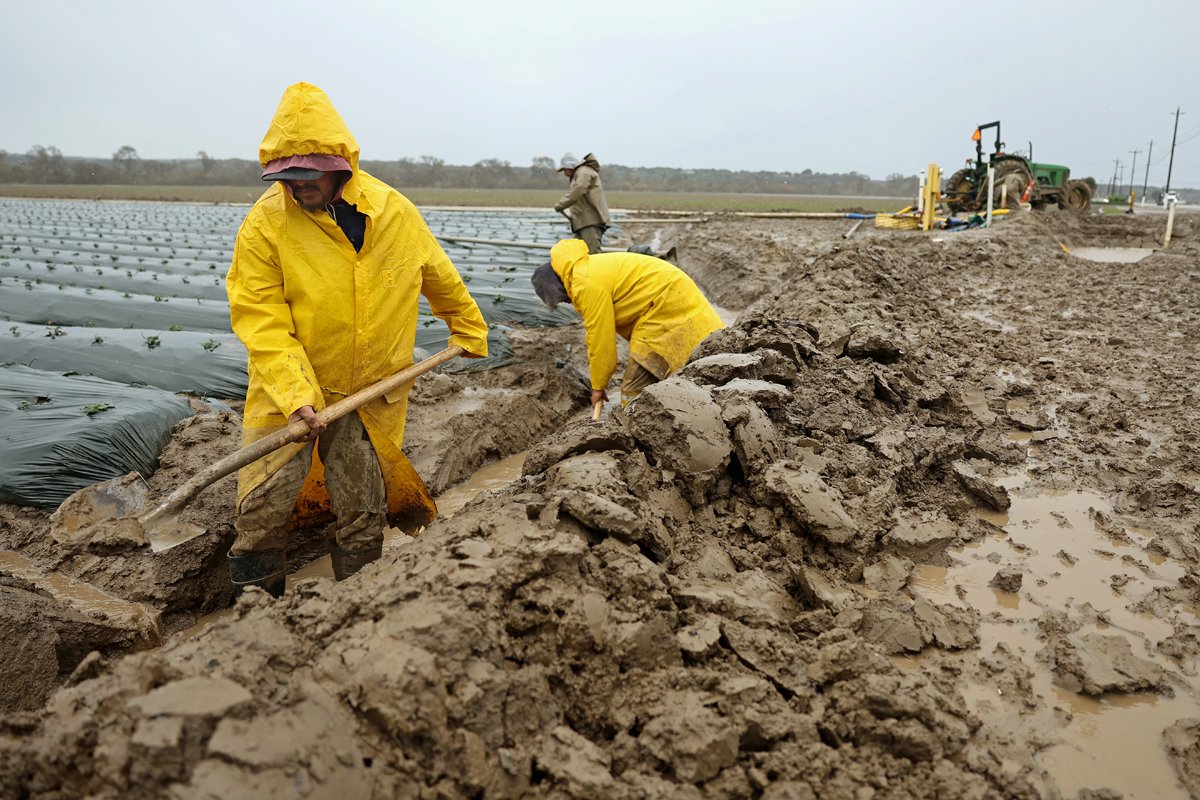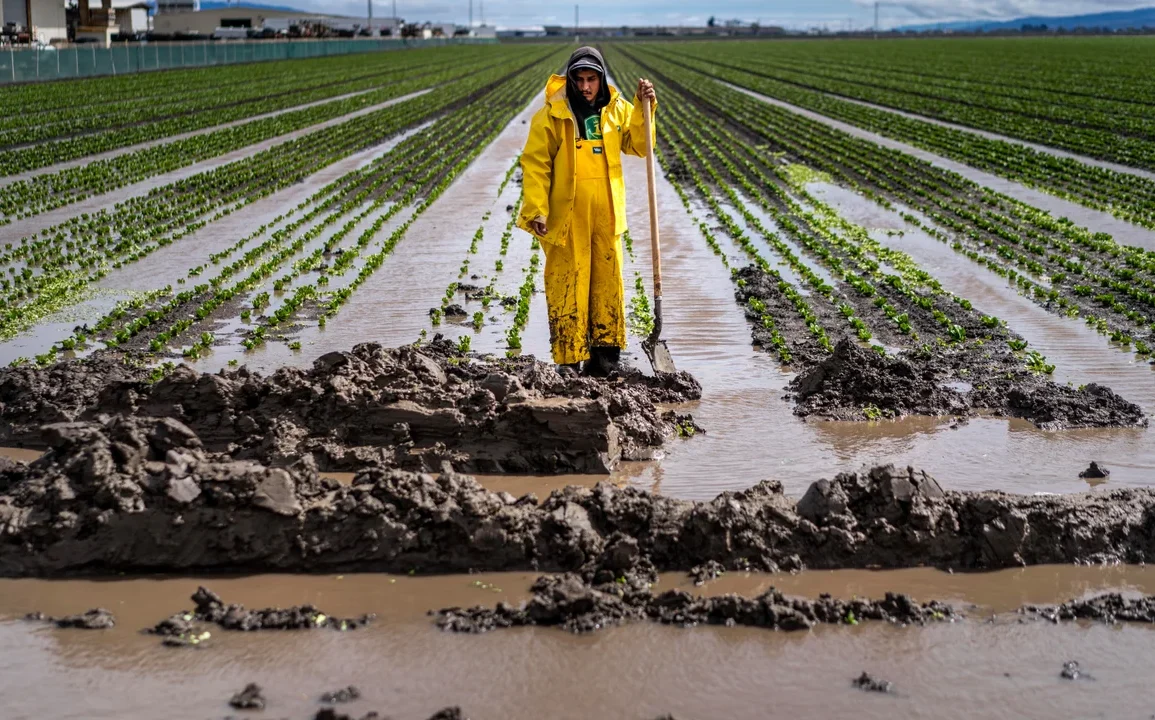In January 2023, catastrophic flooding from heavy rains devastated two small farmworker communities in California: Planada in Merced County and Pajaro in Monterey County. In response, the state allocated $20 million each to help rebuild these communities, yet nearly two years later, most of the funds remain unspent.
While officials attribute the delay to the complex planning process and verification requirements for residency and losses, the slow pace is causing growing anxiety, especially with the arrival of new storms in the region. The flooding displaced families, destroyed personal property, and disrupted work, leaving many in dire need of financial aid.
The state’s allocation was divided into several categories, including home repair, business losses, wage reimbursement, and infrastructure improvements. By the fall of 2023, funds began to be distributed, but as of late 2024, only a small portion had reached the victims. In Planada, approximately $4 million has been spent, mostly on direct payments to affected families.
Pajaro has received around $1.3 million, which has been used for grocery gift cards and aid to those with larger losses not covered by other forms of assistance. However, much of the state’s aid remains tied up in bureaucratic processes.
Nonprofits like Catholic Charities, which have been working with residents to distribute funds, face significant challenges. Many families lack permanent addresses, live in overcrowded conditions, or have difficulty documenting their losses, which complicates the eligibility verification process. Caseworkers are spending extensive time reviewing photographs and estimating the value of destroyed possessions.

Despite these challenges, local nonprofits continue to provide aid, though at a slow pace. According to Angela DiNovella, executive director of Catholic Charities in Monterey, the process, while slow, is helping families, albeit over an extended period.
In addition to state aid, millions of dollars from philanthropic organizations, private insurance, and FEMA have flowed into Pajaro. However, access to these funds has varied, particularly for renters or undocumented individuals who may not qualify for federal assistance.
Pajaro residents, including Jesús Padilla, whose family lost everything in the flood, are grateful for the financial support but remain anxious about the slow recovery. Many in the community have moved to other areas, and some remain unaware of where to seek help or have not returned to Pajaro after being displaced.
While the recovery efforts continue, the process of rebuilding is slow but steady. In Planada, the county has nearly completed distributing funds for replacing lost vehicles and personal property, and efforts are now focused on home repairs, which require detailed inspections and could involve structural engineering. Pajaro’s infrastructure projects are also progressing, though at a similar pace.
DiNovella acknowledges that communities often take years to recover from disasters, and while the process in Pajaro is frustratingly slow, the assistance that is reaching residents will provide much-needed relief during the challenging winter months.

